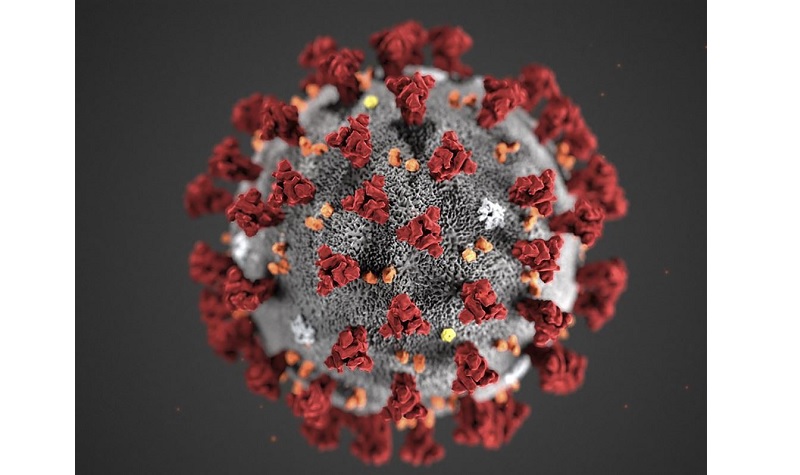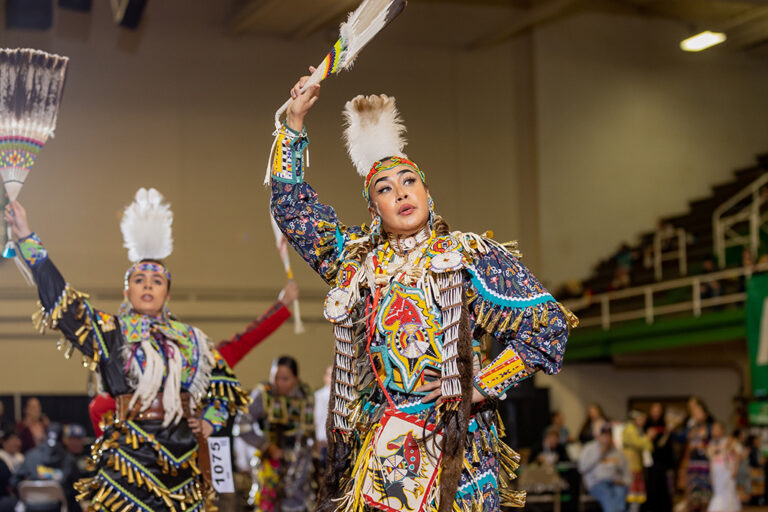From the Dean: One year later
 Today marks one year since the pandemic really started in earnest for Susan and me. On that Friday we retreated to our home and realized that our life – and that of our family, friends, neighbors, and literally billions of others – was about to change in profound ways. You know what I mean – things haven’t been the same since. As healthcare providers ourselves, we know the toll that the pandemic has taken both on providers and patients. The good news is that North Dakota fared better than many communities; but that is little comfort for the families who have lost loved ones and for those afflicted with SARS-CoV-2 who were sick or have residual symptoms (“long haulers”).
Today marks one year since the pandemic really started in earnest for Susan and me. On that Friday we retreated to our home and realized that our life – and that of our family, friends, neighbors, and literally billions of others – was about to change in profound ways. You know what I mean – things haven’t been the same since. As healthcare providers ourselves, we know the toll that the pandemic has taken both on providers and patients. The good news is that North Dakota fared better than many communities; but that is little comfort for the families who have lost loved ones and for those afflicted with SARS-CoV-2 who were sick or have residual symptoms (“long haulers”).
I definitely appreciate the desire to get all of this behind us as well as the desire to have some clarity as to what to expect on campus for the remainder of the spring as well as the summer and fall semesters. Thanks to the helpful comments and edits from the senior leadership team at the School, we’ve constructed a summary of expectations about various aspects of campus life through the end of the calendar year. You can find it here. Remember that it is a “best guess” as to what to expect, but since my crystal ball is somewhat cloudy we may have to adjust some of these expectations in the document depending on the course of the pandemic from now forward. But at least the guidelines should give you some clarity as far as reasonable expectations for the future. Let me know if you have any questions or issues.
Fortunately, things are looking up for the future. The pandemic numbers in North Dakota are much better than during last fall, and hospitalizations and deaths are markedly reduced. Still, because there is enough uncertainty about the duration of protection from vaccination, the emergence of variant strains of virus, and a possible spike in cases after spring break, I’d urge caution before we relax our public health and mitigation strategies. I’ve likened the approach that I’ve recommended regarding the relaxation of pandemic safety measures over the current spring and upcoming summer and fall semesters to a traffic light – red light for the spring semester, yellow light for the summer, and green light for the fall. In other words, we should avoid any major change in our safety measures for the remainder of the spring semester (that is, through May). I think the summer semester will be one of transition, where some mitigation measures will be relaxed and others continued. I’m hopeful that we can get back to a new normal for the fall semester, or “green light” then. But please use caution for now; while we can see the clearing ahead, we’re still in the forest and have a way to go yet.
I would again like to thank and commend the faculty, staff, and students who showed grit, perseverance, creativity, and strength in meeting this unique challenge. We’ve all learned from it, and, hopefully, we will be able to apply some of the lessons learned as we move forward. I want to again extend my tremendous thanks to all of you who often labored under quite challenging conditions and situations. Well done!
A “Well done!” is also in order to Dr. Don Warne and his team in the School’s Indians Into Medicine (INMED) and public health programs. Dr. Warne learned last week that his team has received a five-year award from the National Institutes of Health totaling more than $10 million to develop an Indigenous Trauma & Resilience Research Center.
The project, which will be managed by Dr. Warne, Assistant Professors of public health Ursula Running Bear and Andrew Williams, and Nicole Redvers, assistant professor in INMED and the Department of Family & Community Medicine, includes resources to begin the first-ever SMHS-based clinical trial in School history. The trial will be conducted in partnership with the U.S. Department of Agriculture and the federally funded Human Nutrition & Research Center in Grand Forks. Amazing!
Finally, here’s an update on the School’s budget request and deliberations in the North Dakota Legislative Assembly. As you may recall, we testified on behalf of the UND SMHS before the Senate Appropriations Committee back in January. We were on the docket for testimony before the House Appropriations Committee/Education and Environment Division this past Monday, but due to scheduling issues we were re-scheduled to this coming Monday, March 15, at 11 a.m. The House is considering the so-called engrossed Senate version (SB 2003) that contains two of the three requests that we have made – endorsement of the needs-based budget as we submitted, and a salary merit pool. Although the North Dakota University System requested an annual 3% merit increase pool, the Senate version contains a 2% average amount.
The third request that Dave Molmen made on behalf of the UND SMHS Advisory Council to the Senate Appropriations Committee (and will reiterate on Monday) is for state funding for the merit pool for the three-quarters of our salaries that are not funded through state appropriations but rather from revenue streams such as grants, patient care reimbursement, hospital transfers, pharmacy income, and so on. The pool required to fund these types of salary merit increases is about $1.7 million. We think that we can provide about $600,000 of the required funding through modest tuition increases, leaving about $1.1 million that we are requesting from the state. I’ll let you know how the Monday presentation goes.
In closing, I’d like to return to the start of this column with the reminder that the pandemic isn’t quite over yet. Please continue to be careful, especially students and others who may be traveling during spring break. Remember the traffic light – we still are in the red light phase, although yellow and green should be coming soon enough.
Joshua Wynne, MD, MBA, MPH
Vice President for Health Affairs, UND
Dean, UND School of Medicine & Health Sciences



